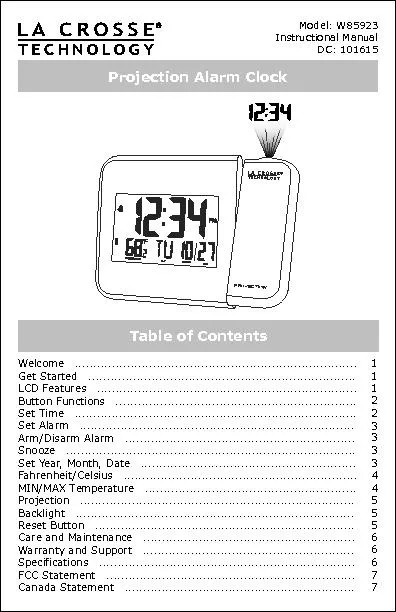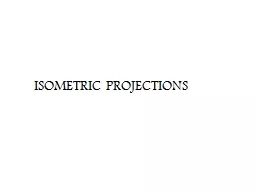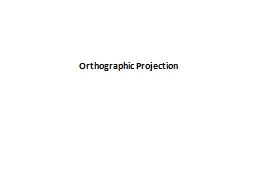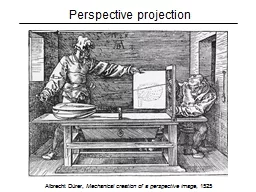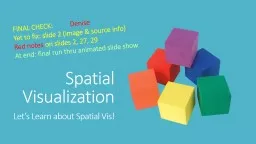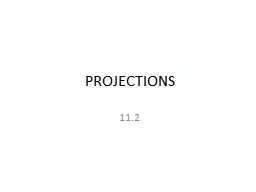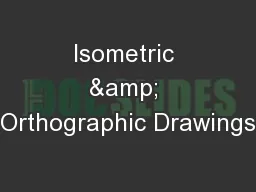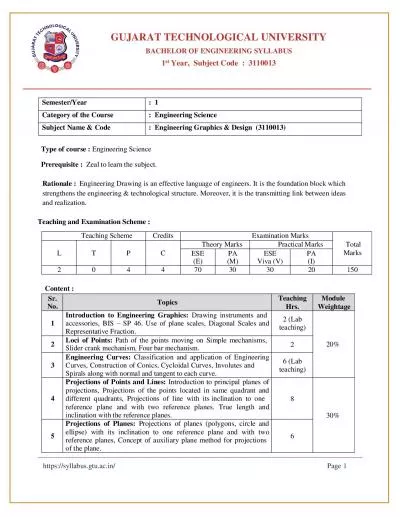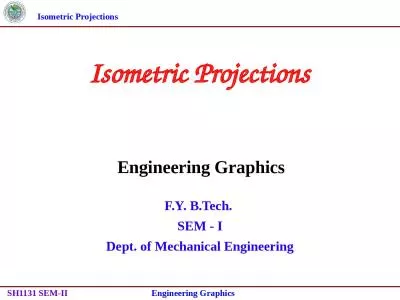PPT-ISOMETRIC PROJECTION
Author : karlyn-bohler | Published Date : 2017-10-15
RATHER DRAWING DEEPAK SAMEER JHA LOVELY SCHOOL ENGINEERING WHAT DO YOU UNDERSTAND LOOKING AT THE FIGURES SHOWN BELOW SQUARE PLANE RECTANGULAR PLANE CIRCULAR DISC
Presentation Embed Code
Download Presentation
Download Presentation The PPT/PDF document "ISOMETRIC PROJECTION" is the property of its rightful owner. Permission is granted to download and print the materials on this website for personal, non-commercial use only, and to display it on your personal computer provided you do not modify the materials and that you retain all copyright notices contained in the materials. By downloading content from our website, you accept the terms of this agreement.
ISOMETRIC PROJECTION: Transcript
Download Rules Of Document
"ISOMETRIC PROJECTION"The content belongs to its owner. You may download and print it for personal use, without modification, and keep all copyright notices. By downloading, you agree to these terms.
Related Documents


